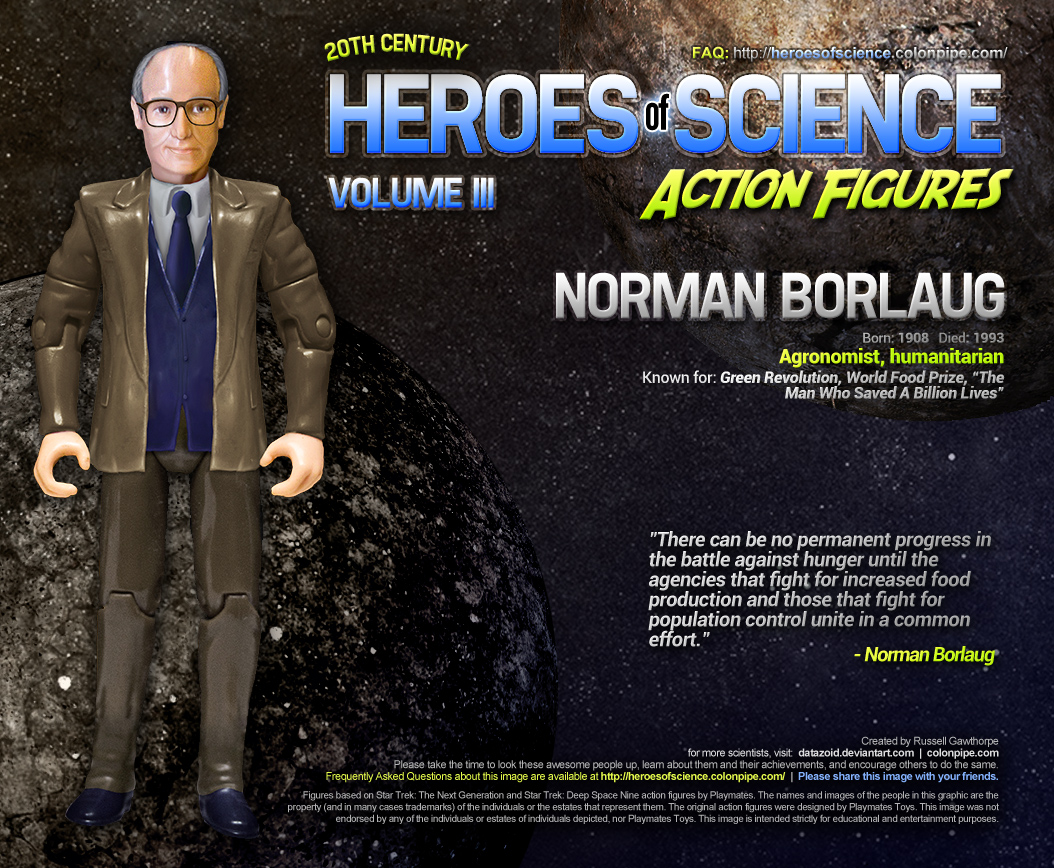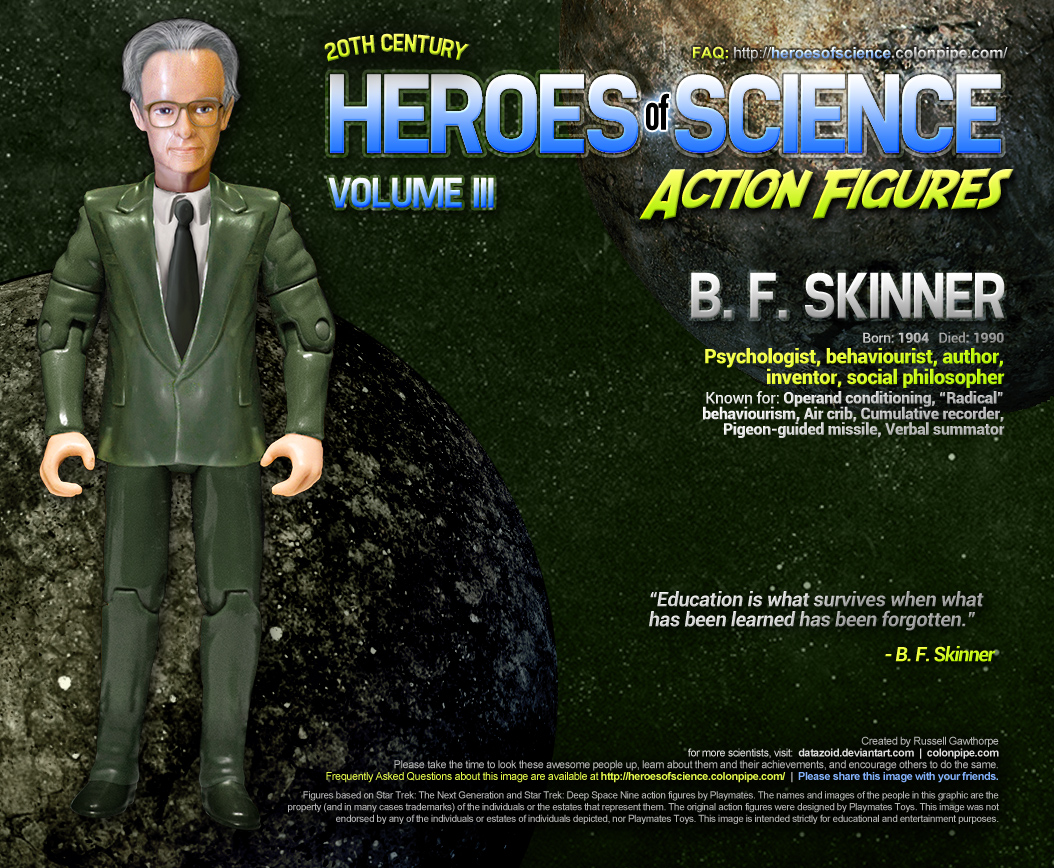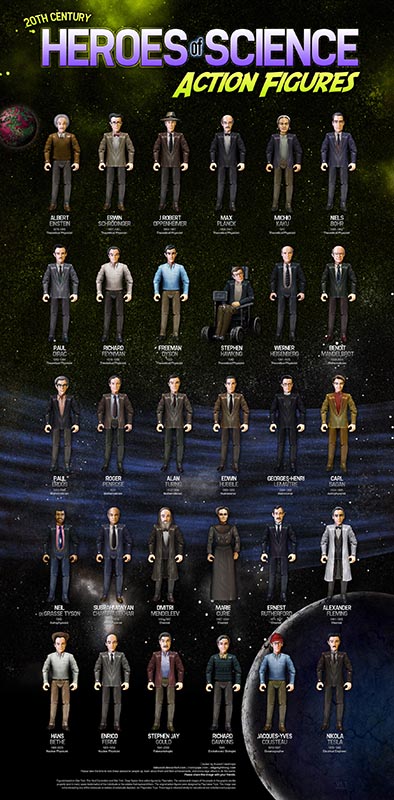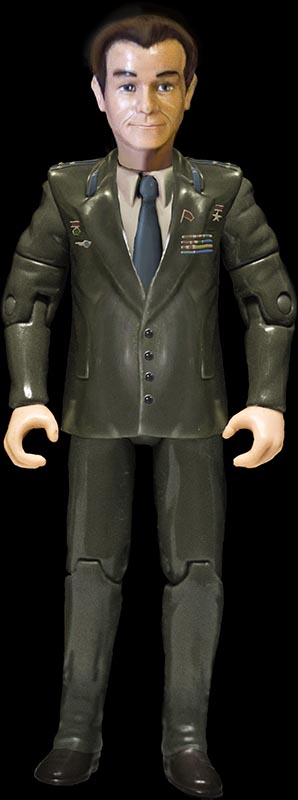Humans. Not much thought went into our design. (In fact, no thought went into our design. We were not designed. We evolved from earlier life forms through natural selection. But I'm sure you knew that.) I wrote this update in my head at about 3AM this morning, and in due process of sleeping, I've forgotten pretty much all of the funny bits. So I shall attempt to salvage something of it.
Humans. Pathetic creatures. Allow me to explore this.
Teeth.
Teeth are designed with chewing in mind. They're designed to crush, kill, destroy things so as they might easily be contended with by the remainder of the digestive tract. Teeth are unaccustomed to the company of sugar, which makes their steely exterior whither and squeal, before disappearing like a young bride's petticoat on her wedding night. Which is probably purely accidental. The sugar aversion, not the disappearing undergarments. I mean, how could the alleged "Creator Of Everything" ever have figured that EVERY FUCKING SINGLE THING WE EAT CONTAINS SOME FORM OF SUGAR?
And furthermore, just to add COSMIC INSULT to injury, our teeth are the only parts of our frail bodies that have no capacity for self-repair whatsoever (citation needed). Get a cavity in one of your teeth and all it can do is become a larger, more ferocious cavity. Until it cavitates your entire head, and you become a walking ugly wound. With bits of broccoli in.
So yes. Poorly designed, these munchers are. Particularly as, evolutionarily, they - as in all animals - are built with the forethought that the beings who's heads they're wedged in will eventually develop dentistry, lest they struggle through their meagre existances IN ETERNAL AGONY because they ate one too many licorice straps when they were eleven.
Bollocks on the outside.
I mean, COME ON.
Fingernails, toenails.
Oh, the vicious legacy our nails share. Once they were to glisten on sharpened edge as they served as violent talons of destruction on the very fingertips of a primordial human ancestor as he stabbed and clawed his way through the flesh of a mammoth. Or a dormouse. Or whatever took his prehistoric fancy.
Now, they're little more than an irritation. Puny, pathetic things we must keep trim lest we be accused of being girly. Weak, pathetic shards of crap designed to split, shred and fall away when not constantly moisturised and kept in pristine condition. Also numbering among the single most succeptible body parts for aiding paper cuts and other minor but exceedingly painful injuries.
I mean, hangnails? The "Creator of Everything" clearly skipped breakfast before focusing his attention to the hands of the human being. Tsk, tsk.
Bollocks. On the OUTSIDE.
I'm just gonna milk this one for all it's worth.
Lack of body hair.
Truly the weakest species on the great planet of Earth would have to be the only one thereon that must MANUFACTURE its own protection from the elements.
I'm not saying I'd like to see human beings develop an uncontrollable rash of fur -- my taste in women shrieks that should that be the case, stocks in Gilette will suddenly skyrocket -- but surely it was more than a caveman slipping the skin of a murdered yak over himself that triggered every follicle on the human form to flop off into the tundra.
Still, it broaches another subject I daren't start unnannounced:
Pubic hair.
..why do we even have the stuff? It's awkward, it promotes odours (yay, now I can be fed even more inappropriate advertisements!), it gets caught in things (..er..like zippers. And undergarments. And oo-er what were YOU thinking?) and it's just generally icky. I shall digress speedily before I start chanting playground rhymes and giggling.
Nose hair.
For some reason, when every other strand of fur decided to make a mass exodus to some place less maloderous, General Nostril Follicle and his band of swarthy followers stood their ground and remained fast at their posts. To this day, they remain in hiding, only to appear and silently ambush their intended victims on or around his 60th birthday, at which point human physiology suddenly decides to kick in a few extra hormones and present its owner with a pristine bush of bristling nose blossoms. "What," wonders the human, "is to become of me that only great clods of nose hair can save me from?"
And now a few courteous replies, specifically to the likes of Dan, Rev, and Nicki:
Bollocks on the outside.
IN A SMALL SACHEL.
Ear hair.
Along with odd nasal foliage around the age of senility, the human body also decides to kick a few hormones into the aural cavities and covers the innards of the ear with a pelty layer of totally superfluous fur. Nothing can explain the need for this, although it's possibly conducive to loss of hearing in the elderly. They're not deaf, their ears are full of hair.
Eyebrows.
Eyebrows are useful. They do actually keep things like sweat from draining straight down the slope of our elegant non-neanderthalish foreheads and into our eyesockets. However, as Rev points out, there really is no need for eyebrows with dimensions bordering on elderly ear-hair sizes. I mean, Eugene Levy is not normal, man.
Menstruation.
Surely there could have been easier ways to dispose of the unused lining of the uterus. Just think, if The Creator Of Everything had invented the zip-lock bag before he whipped up the uterus, maybe it could have just plopped out at an appropriate moment pre-sealed inside a small plastic pouch.
Thanks to all and sundry who have contributed to this little article, such as it is. Thank you to the reader, also, for perusing it as a piece of comedy and not a serious document on the plausibility of the existence of a creator. Just sayin'.
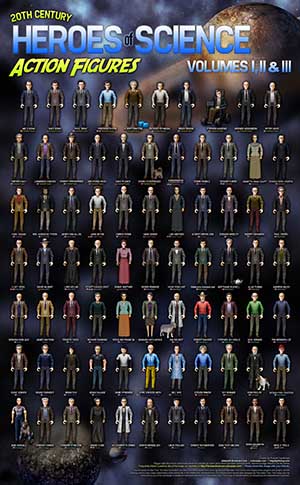 I've just posted the third edition of Heroes of Science, which features another 21 science heroes, including Brian Greene, Peter Higgs, Lawrence Krauss, Wolfgang Pauli, Henrietta Swan Leavitt, Albert Michelson and Edward Morley, Andrei Sakharov, David Hilbert, Lord Kelvin, Emmy Noether, Srinivasa Ramanujan, Andrew Wiles, Norman Borlaug, Barbara McClintock, Tim Berners-Lee, Steven Pinker, B F Skinner, Konrad Lorenz and Edward O Wilson!
I've just posted the third edition of Heroes of Science, which features another 21 science heroes, including Brian Greene, Peter Higgs, Lawrence Krauss, Wolfgang Pauli, Henrietta Swan Leavitt, Albert Michelson and Edward Morley, Andrei Sakharov, David Hilbert, Lord Kelvin, Emmy Noether, Srinivasa Ramanujan, Andrew Wiles, Norman Borlaug, Barbara McClintock, Tim Berners-Lee, Steven Pinker, B F Skinner, Konrad Lorenz and Edward O Wilson!







